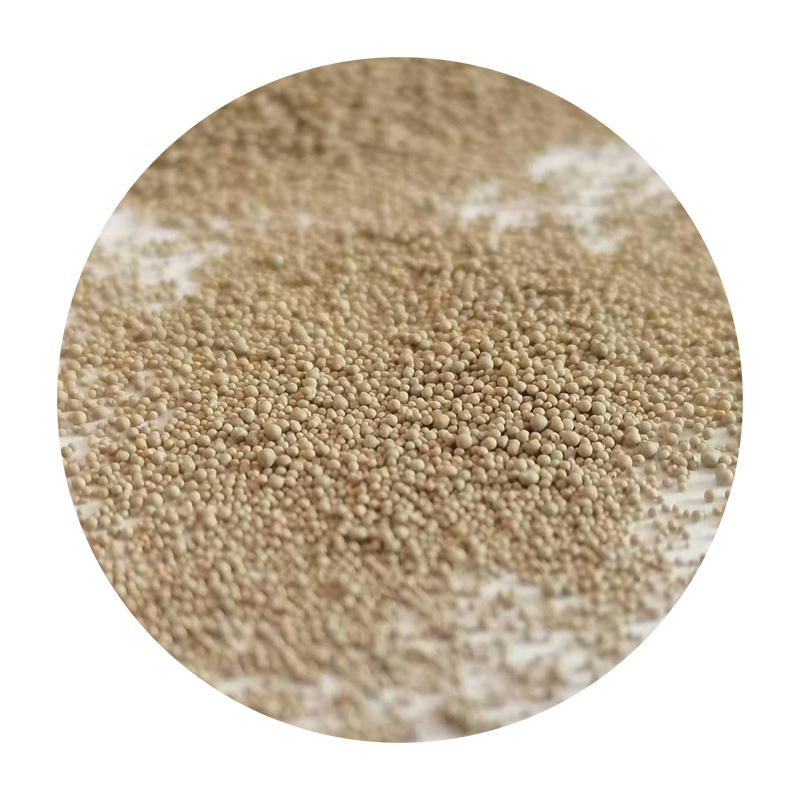The Difference Between Die Casting and Sand Casting
When it comes to metal casting processes, two of the most common methods are die casting and sand casting. Each method has its unique advantages, disadvantages, and applications. Understanding the differences between die casting and sand casting is crucial for manufacturers, engineers, and designers when choosing the appropriate technique for their projects.
Overview of Die Casting
Die casting is a manufacturing process that involves forcing molten metal into a mold at high pressure. The mold, typically made from steel, is designed to create precise and complex shapes. This method is commonly used for non-ferrous metals, particularly aluminum, zinc, and magnesium. Die casting is well-suited for mass production because it allows for consistent dimensions and surface finishes. Additionally, the high-speed production associated with die casting can lead to significant cost savings when producing large quantities of parts.
One major advantage of die casting is the shorter lead time. Once the molds are created, the casting process can be repeated quickly, often producing hundreds or thousands of parts per day. Moreover, the finished parts typically require less machining compared to those produced via other methods, improving overall efficiency.
Overview of Sand Casting
On the other hand, sand casting is one of the oldest metal casting methods and involves creating a mold from a mixture of sand and clay. This mold is formed around a pattern of the object to be cast, and once the pattern is removed, molten metal is poured into the sand mold. Unlike die casting, sand casting is more versatile and allows for casting a variety of materials, including ferrous and non-ferrous metals.
Sand casting also has its own set of advantages. It can accommodate larger and more complex parts that would be difficult or impossible to create with die casting. Additionally, the initial costs are lower because the patterns can be made from various materials that do not require the high precision typically associated with die casting.
difference between die casting and sand casting

Key Differences Between Die Casting and Sand Casting
1. Material Constraints Die casting is primarily used for non-ferrous metals, whereas sand casting can handle both ferrous and non-ferrous materials. This makes sand casting a more versatile option for different metal types.
2. Production Volume Die casting is ideal for high-volume production runs, with the ability to produce thousands of identical parts quickly. In contrast, sand casting is more suitable for low to medium-volume production due to the longer setup times and mold-making processes associated with it.
3. Precision and Surface Finish Die casting typically yields superior dimensional accuracy and a finer surface finish compared to sand casting. The high-pressure injection of molten metal into a precise die allows for tight tolerances, while sand casting often results in rougher surfaces requiring additional machining.
4. Lead Time and Cost While die casting has a higher initial setup cost due to the precision molds required, it ultimately provides cost savings in high-volume production. Sand casting, with its lower initial costs, can be more economical for smaller production runs, but it often leads to higher per-unit costs for larger runs due to slower production rates.
5. Complexity of Design Die casting excels in creating complex geometries with detailed features, which can be challenging in sand casting due to the nature of the sand molds. However, the flexibility of sand casting allows for larger parts and more diverse designs that might not be feasible with die casting.
Conclusion
In conclusion, while both die casting and sand casting are essential metalworking processes, they serve distinct purposes and applications. The choice between the two methods ultimately depends on the specific requirements of the project, including the type of metal being used, production volume, desired precision, and complexity of the design. By understanding these differences, manufacturers can make informed decisions to optimize their production processes and product outcomes. Whether opting for die casting's efficiency in high-volume production or sand casting's versatility for complex parts, each method has its place in the metal casting industry.
Post time:Dec . 29, 2024 19:24
Next:can you sand 3d prints
